In one sense, the model railway does run by itself—the sequence of trains runs automatically, but tucked away behind the layout there’s a dedicated team of staff and volunteers who maintain the railway and its locomotives and rolling stock.
Every day each train will run over a real mile and a quarter—some days some trains will actually run five miles, and in a year many of the items will cover over 400 miles. This is a huge distance for models, quite unlike the amount of use similar models would see on either private layouts or those belonging to model railway clubs.
First things first
Most days before the museum opens, the model railway is already a hive of activity. It’s a chance to check everything, make any repairs, swap items around and clean areas which need it. It’s also when we take time to clean the track.
The trains collect power through the rails, so the top of the rail must be kept as clean as possible, and the sheer size of the layout could make this quite a daunting task. But we employ a special track cleaning wagon which resembles a tank wagon—it’s made from solid brass and is very heavy! It uses a solvent to clean dirt and oxide from the railhead—it drips on a cleaning pad which runs along the top of the rails, cleaning and mopping as it goes along. A number of circuits in either direction as well as going up and down the branch line sets things up for a reliable day’s running.
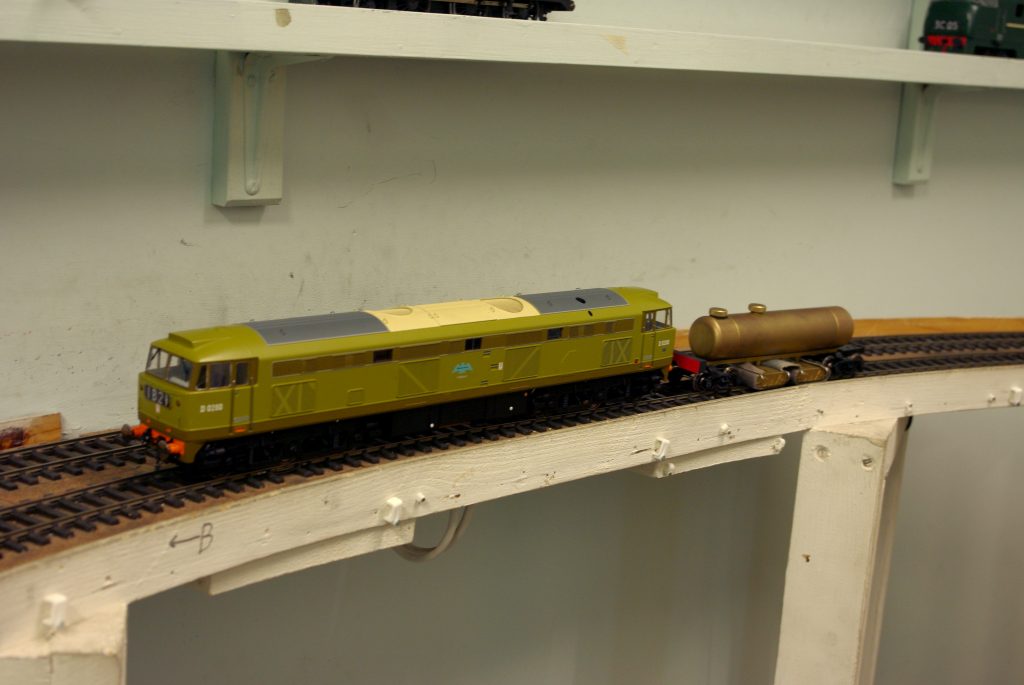
It’s not just the rails which must be kept clean – wheels also need to be cleaned every day. The locomotives collect power through their wheels from the rails, so we need to keep them clean. It’s surprising just how much dirt the wheels can pick up—it’s best described as a ‘black gunk’. It’s a mixture of carbon, dust and moisture from the atmosphere. Amazingly, when it rains outside, the model railway can need extra cleaning, as the moisture from visitors’ clothes brings extra humidity which has an effect on the railway.
CLEANING THE WHEELS
We use the same solvent to clean the wheels. The locos and rolling stock are placed upside down in a padded cradle to give us access to the wheels. At the same time, the team will give each item a once over to check that everything is as it should be. Sometimes items will need a little bit more attention or remedial work, so we’ll do this here. Every so often we’ll oil the moving parts—all the bearings and moving parts will each receive a tiny drop of oil. Enough to make sure everything runs smoothly, but not too much—we don’t want oil dripping everywhere.
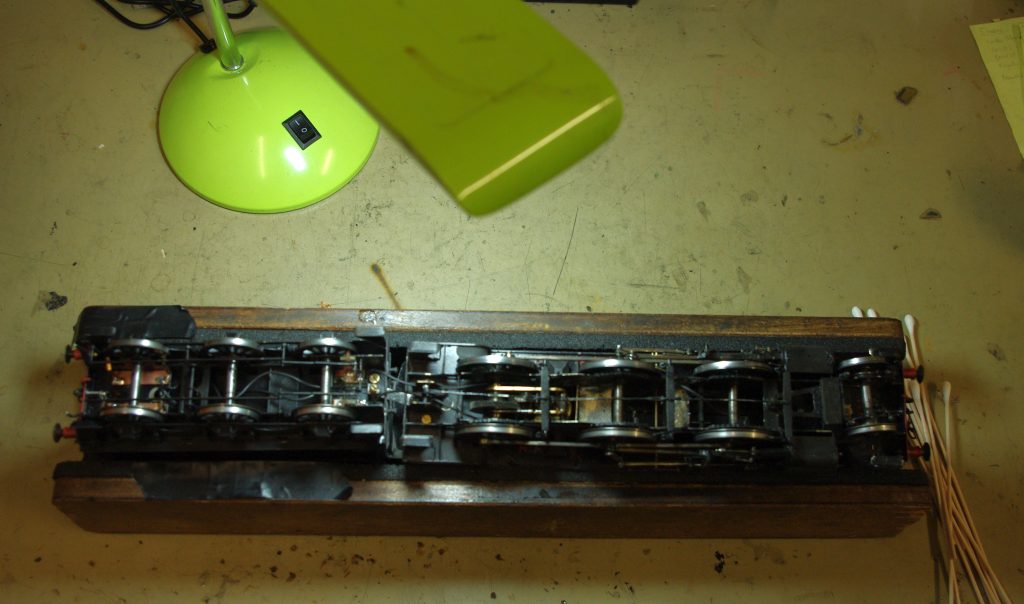
To clean the wheels we use cotton buds moistened in the cleaning solution. By turning the wheels, we gradually remove the build-up of dirt. The cotton bud can end up blackened with the dirt from just one wheel—as soon as one becomes dirty, another one is used and we keep going until the cotton bud remains clean, which shows us there is no more dirt to be removed. With locomotives we can apply power to the wheels and clean them as the wheels turn, but for any wheels which aren’t powered, we have to turn them by hand. Once all the wheels are clean, the loco is ready to return to the layout.
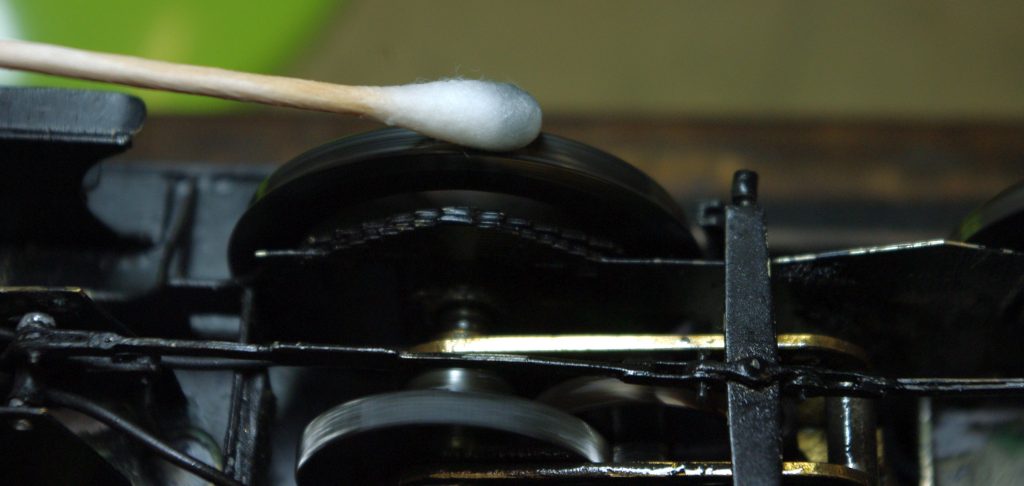
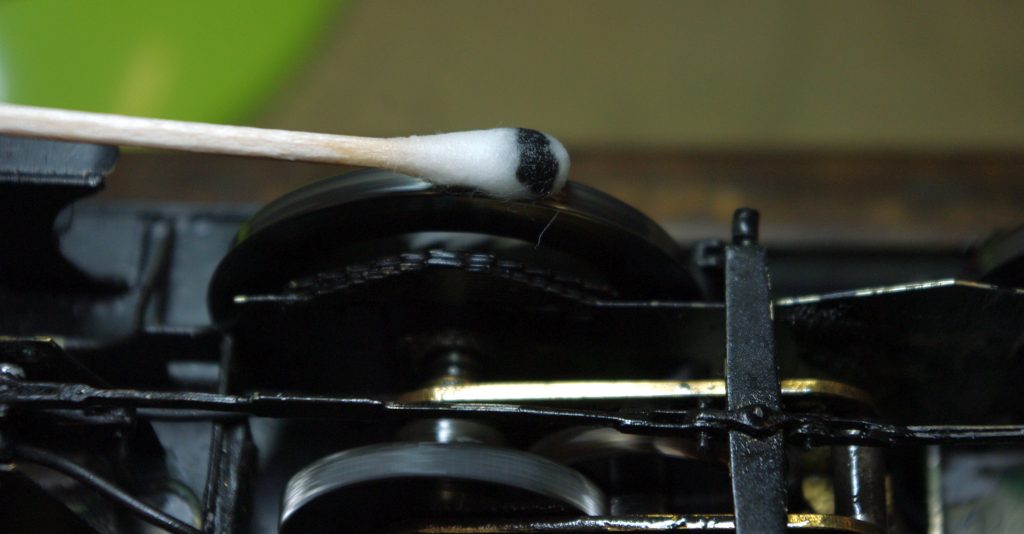

Locomotives are cleaned every day, but we also have to clean rolling stock wheels every so often too. If you’ve noticed the long coal train slowly plodding around the layout, you might be able to imagine how long it takes to remove each wagon in turn to check and clean them. Over the course of a week, each item of rolling stock—all the wagons and coaches—will be removed, cleaned and checked before being placed back on the layout.
What else are we up to?
As the day goes on, the model railway will look after itself. This gives the team a chance to work on various projects. We have locomotives, wagons and coaches which require a bit more attention—this can range from replacing motors, bearings to complete overhauls. There’s always something exciting waiting in the wings!
Before the end of the day we’ll clean items as and when required—some locomotives are more susceptible to dirt than others and may need to be cleaned more than once each day. The track may be cleaned for a second time too, to keep things running smoothly—you may see our track cleaning wagon making its way round occasionally. We may swap trains around to even out wear and tear and allow us to show visitors different trains.
At the end of the day we switch the railway off, ready for the next day. The following morning, we do it all over again.
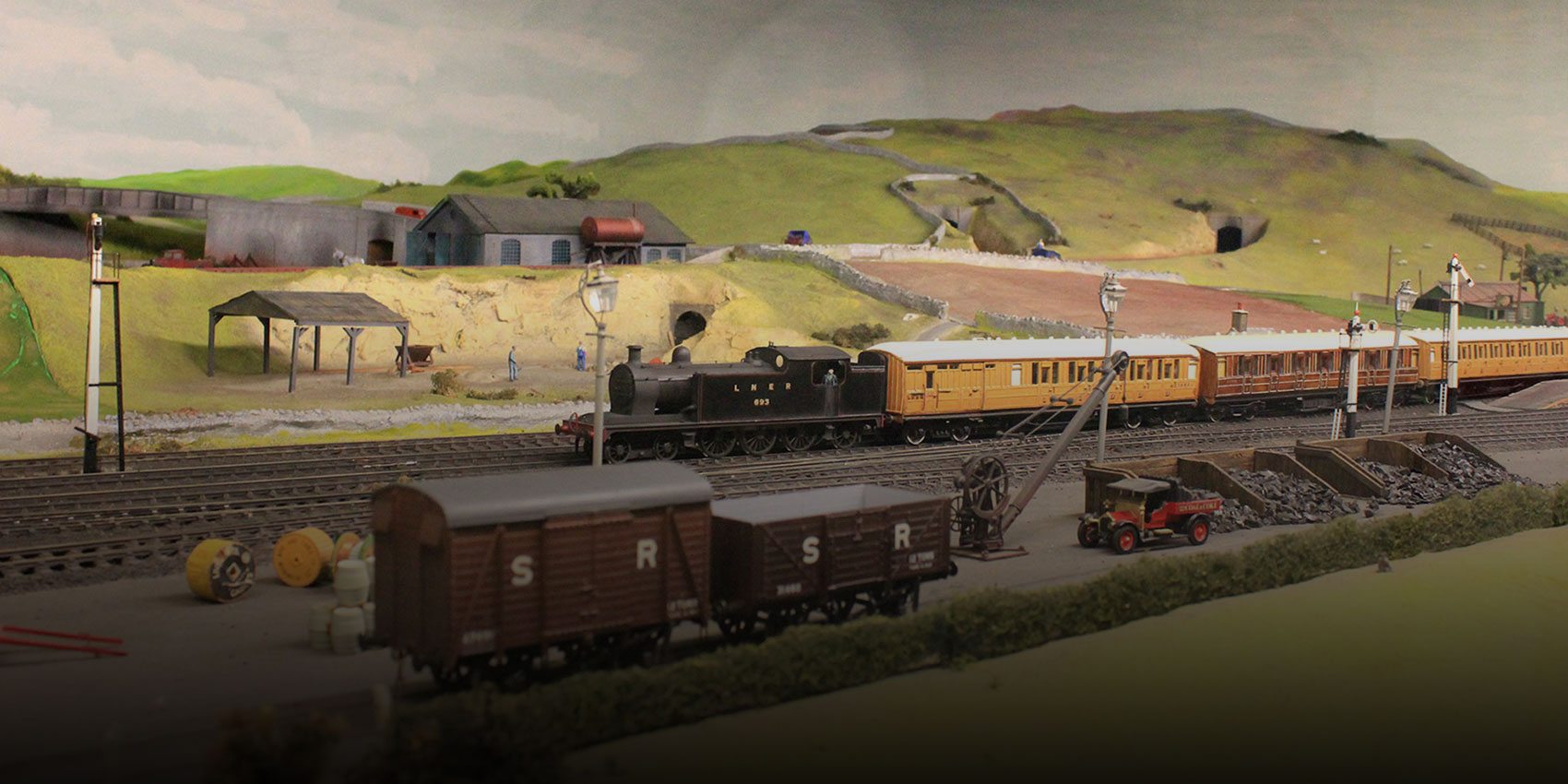
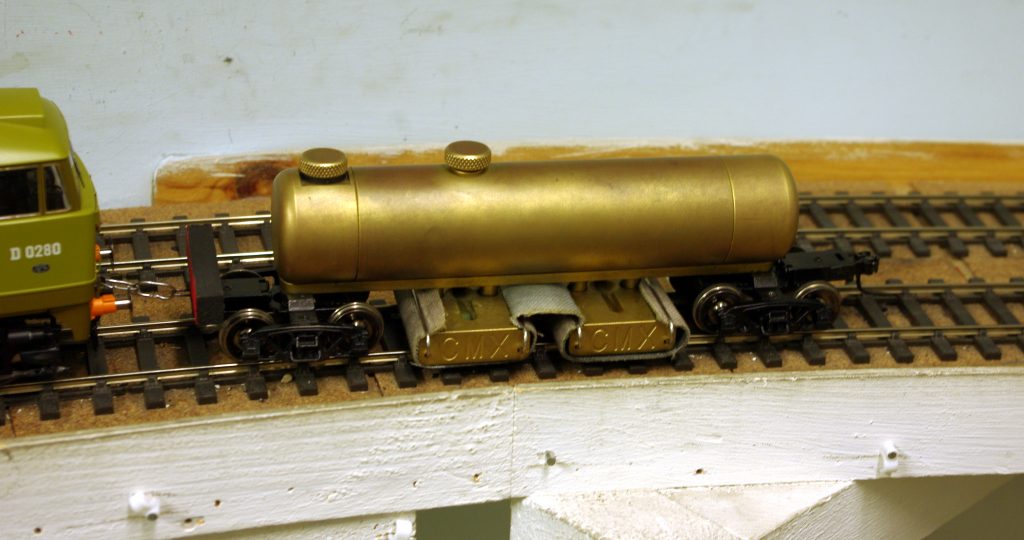
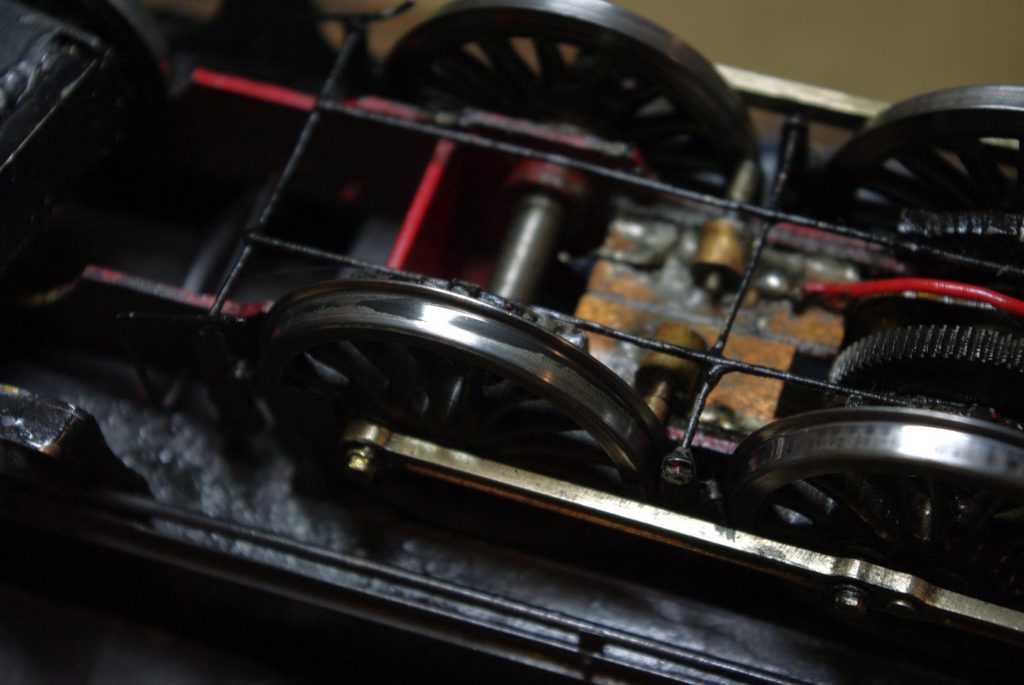
A wonderful little article.
How would somebody go about getting involved in helping with the layout at York? If such a process exists, of course.
Hi Jack,
Thanks for reading and for your interest in getting involved. You can contact the team at volunteer.nrm@nrm.org.uk or visit our website to find out more about volunteering opportunities.
What is the Solvent you usr for cleaning the loco’s wheels and track?
We use isopropanol for track and wheel cleaning.
James,
Isopropanol is not a good product to use for cleaning track and wheels, as it is polar and carried an electron charge which produces more oxidation of the rail. Watch this video from about 9 mins in….. https://www.youtube.com/watch?v=lBYxjcTWCB0 . It is most informative.
Ian
Do you leave the trains on the tracks overnight ?
or take them off ?
The locos and stock stay on the layout all the time, unless they’re off for cleaning, maintenance or overhaul.
It would take too long to take them off and put them back on everyday!
I have been a railway modeller for many years and as I have now retired and just joined the NRM, I should like to offer my services!
My family including 2 vary keen gandsons, just love the model railway!
Anything I can do to help, just ask. My membership number is RA9869.
https://www.railwaymuseum.org.uk/about-us/support-museum/volunteering
What a great article. A suggestion, the cleaning wagon may be of interest to modellers, as would the solution. Perhaps you could manufacture and sell them in the shop. Nice little earner.
In my time working for the NRM Ioved being involved with the various models.
I now work full time in the model railway business. If the team would like any high detail figures for the layout please contact me – I would be more than happy to supply them. Keep up the good work!
When I have been to the NRM, I always love to see the O gauge railway running. I would love to be able to bring one or two of my Heljan locos to your layout for a good test run, …. Track cleaning on my 00 gauge 8ft by 4ft layout is bad enough, so I take my hat off to all you volunteers and staff who look after one of my favourite exhibitions at (original c1975 museum)The National Railway Museum.
Theyre never running though, whenever i’ve been there’s no moving trains to be seen.